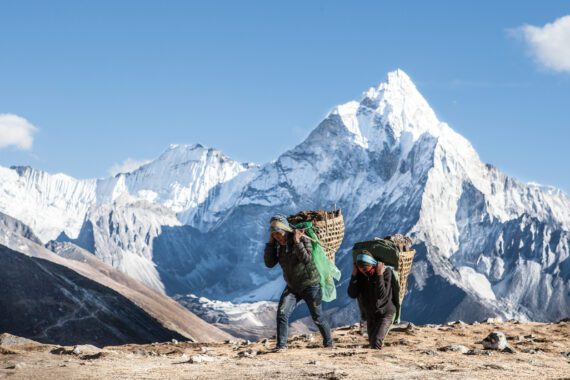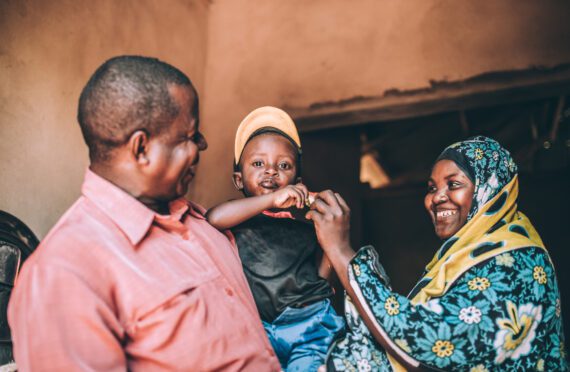Climate change is now one of the main causes of global hunger. It is not hard to see why. If you are an African farmer who relies on rain to irrigate your crops, for example, you’re in good company since 95 percent of agricultural land in sub-Saharan Africa is rain-fed. If climate change affects your local weather patterns, then your crops may wither and die due to drought. Alternatively, a warming planet may mean that next harvest season swarms of flying insects will appear—insects you’ve never seen before and have no idea how to repel.
Bread for the World continually points out the inequities inherent in climate change. It is mainly low-income countries with the fewest resources to respond, whose emission levels are very low, that are now facing the most severe climate impacts.
The United States was among the earliest nations to industrialize on a wide scale. Our country has produced the highest cumulative total of greenhouse gases across the industrial era, from 1750 onward. However, China is currently the top producer of greenhouse gases, unsurprising for a nation of 1.4 billion people.
The US. has two responsibilities in the worldwide effort to slow and then stop climate change: reduce our greenhouse gas emissions as quickly as possible, and act now to help the people and countries most affected.
In March 2023, the U.S. Agency for International Development published its Policy Framework: Driving Progress Beyond Programs. It identifies several priority objectives aimed at solving complex problems—literally going beyond humanitarian and development assistance “programs” to find longer-term solutions. The Framework lists “helping countries withstand the effects of a changing climate and secure a net-zero future” as one of five pressing generational challenges it will help to meet by 2030. The ambitious action items include enabling 500 million people to manage climate impacts and accelerating the availability of climate financing.
This holistic approach is essential to working in true partnership with communities facing serious climate-related problems. One such collaboration brings the U.N. Development Program (UNDP) together with local community initiatives in the mountains of Pakistan.
It might seem that the Himalayas, one of the tallest mountain ranges on Earth, would be protected from climate change, at least for a few more years. But the area is receiving less snow than in the past, leading to shrinking waterways. Scientists at the International Center for Integrated Mountain Development (ICIMOD), an intergovernmental body studying climate change in Asia’s mountains, agree with residents that the area needs a new water source in order for people to continue farming.
An old ritual in some local communities was “glacier mating,” which involvedcombining chunks of ice gathered from far-flung locations. These were traditionally considered to represent male and female, making it possible to create an entirely new glacier.
A group of local people decided that climate change made glacier mating worth a try. It was far from an easy task. The new glacier needed ice gathered from different locations, each several days’ walk away. Next, the ice had to be carried several hundred feet up into the mountains to an elevation where it would not melt. This is one of the steps that make “glacier mating” a scientifically sound endeavor, according to Knut Ostby, resident representative for UNDP in Pakistan. Traditionally, it would take 12 years for a new glacier to take root and an additional 12 years to grow.
Another problem is that rapid glacier melt creates more dangerous avalanches.There are more avalanches than before, said Ejaz Karim, head of emergency management for the Agha Khan Agency for Habitat in Pakistan. Moreover, 80,000 residents live in areas that are already considered too dangerous for people to inhabit.
Another group of people has been experimenting with “avalanche harvesting,” which aims to protect villages from increasingly frequent and powerful avalanches by trapping rocks far above in nets made of thick iron wire bolted into the mountain stone.
It is up to industrialized countries like the United States, which caused a disproportionate amount of the harms from climate change that we see today, to reduce their emissions. Our country must also support the hardest-hit communities in every way possible as people work to find and implement solutions in the areas where they themselves can shape the outcomes.
Michele Learner is managing editor, Policy and Research Institute, with Bread for the World.



